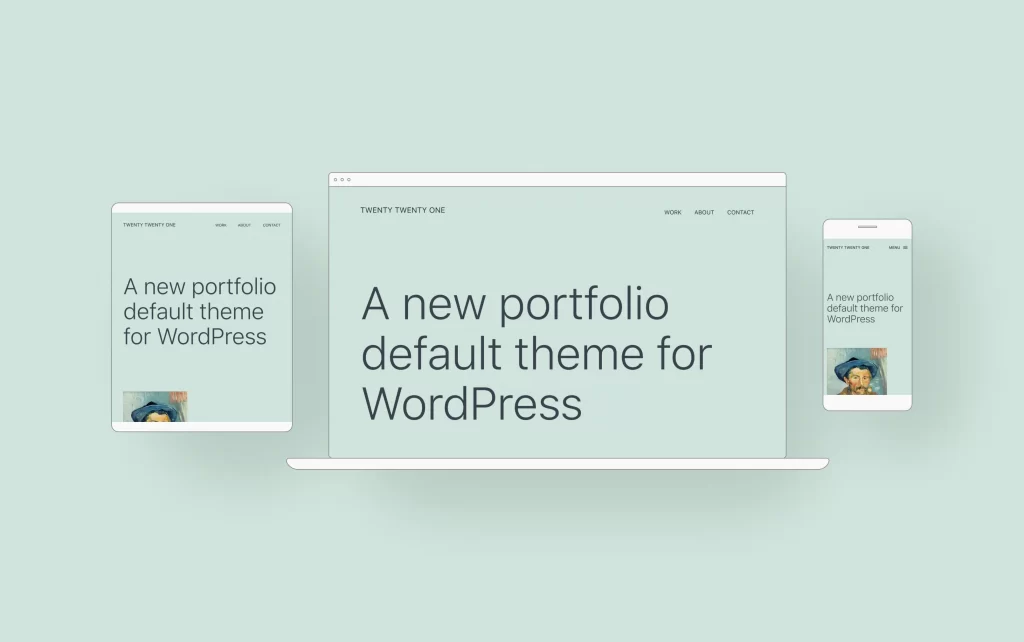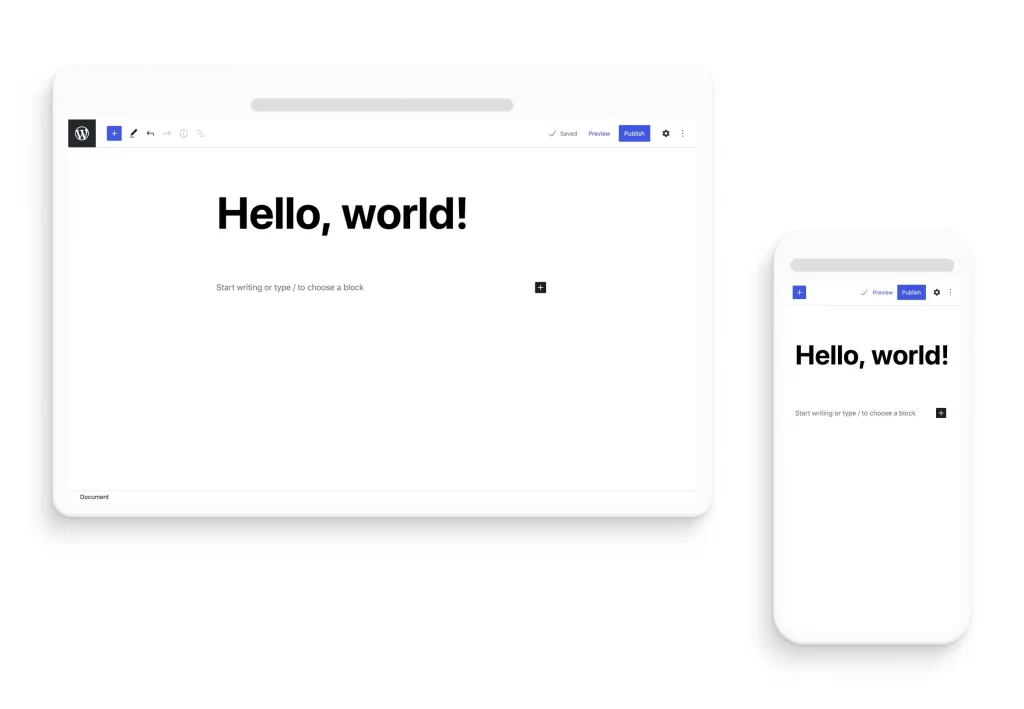How flexible is WordPress? This is a pretty broad question, but a completely valid one considering all the different content management systems (CMS) out there. In short, WordPress is very flexible and practically unlimited in what it can offer.
But what makes WordPress so flexible? And how can this allow marketers to succeed with fast, scalable and agile content publishing?
WordPress is open source.
Open source software is software that is publicly available online for anyone to download for free. No payment information is required and there is no ad generated revenue making it available to just about anyone. Once the source code is downloaded and uploaded to a web server, the famous 5-minute installation can be run. At this point you will have a fully functional CMS.
The only other component needed now is a theme. The themes are pretty self-explanatory. They are packages that WordPress uses to “thematize” the front of a website. Once a theme is downloaded and activated in the CMS, you will have a working WordPress site!
Many thousands of open source themes developed by third-party developers can be downloaded and activated from the CMS. WordPress also comes packed with a few out-of-the-box themes (like Twenty Twenty-One, Twenty Twenty, etc.).

Furthermore, there are also thousands of open source plugins available for download. Plugins work out of the box and either add a new feature to a website or extend existing WordPress functionality.
Scalability
Out of the box, Themes is an excellent tool for those who need a simple, functional website with little or no budget. However, the real power of WordPress lies in the ability to develop custom themes and plugins to create completely bespoke websites. As a WordPress agency, this is what we specialize in.
At its core, WordPress consists of a handful of basic mechanisms that provide a solid foundation when developing custom themes and plugins. The adaptability and extensibility of these mechanisms is one of the main reasons why WordPress’s flexibility is endless.
By using the basic mechanisms that WordPress provides—such as post types, taxonomies, metafields, and users—a developer has all the tools they need to build a fully customized website that the CMS fully powers.
Gutenberg
The Gutenberg editor is a recent addition to WordPress. This allows content blocks to be added to the editor for a page. The editor and its blocks are designed to mirror how the content will look visually on the website’s front page, offering far more seamless content creation than the previous TinyMCE editor that preceded the Gutenberg editor.

This has helped bring WordPress closer to “drag and drop” website builders and CMSs without compromising WordPress core functionality and flexibility.
The Gutenberg editor comes with dozens of core blocks, but also allows developers to create custom blocks. We offer custom Gutenberg blockchain development as standard and have found that it has really revolutionized both the admin experience of the admin site, but also our approach to developing the sites we build.
Multisite
One of the most powerful aspects of WordPress is its multisite functionality. This functionality comes packaged in the default installation of WordPress and provides the ability to control multiple sites in a single installation of WordPress.
Each site has its own dedicated administration area so that it can be completely exclusive to all other sites on the multisite network. Because all sites are hosted on a single WordPress installation and share the same codebase and database, admin users can quickly switch between admin pages on different sites without logging in or out.
A typical use for a multisite would be a multilingual site, each serving a unique country, region or language. Since sites share the same codebase, they could share a single theme if the branding and structure of each site were similar. Conversely, if each site needs to be completely different, they can develop their own theme.
Closing words
WordPress has been continuously developed and refined by a large community of passionate developers for the past 17 years. This has led to it becoming the most flexible and scalable CMS out there, reflected in its ever increasing popularity and being the most used CMS globally.
